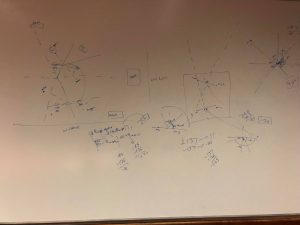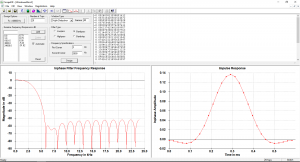Tasks Accomplished
This week saw some pretty significant progress compared to last week. Primarily, we have been able to hook up 1 microphone to the DFSDM inputs of the MCU and sample it successfully. We have also been able to verify through CubeMonitor that we seem to be picking up real sounds. We have done further investigation of the downstream software pipeline so the microphone + MCU integration can proceed smoothly. On the hardware end, we finalized the CAD design for the display module along with ironing out some specification issues with the OLED screen.
Potential Risks
Time is our biggest issue with regards to the interim demo. Although most of the pieces are coming together (i.e hardware and software are both progressing at a decent pace and with a clear roadmap ahead), there is still risk in the microphone system from hardware limitations (i.e DMA read/write speeds, inefficient FIR/osxAcousticSL implementations) and risk in terms of fabrication. Barring significant surprises, we have controls for errors encountered in hardware/software pipelines (i.e scaling back/more microphones, adjusting sampling) so we are still confident in hitting the interim demo.

